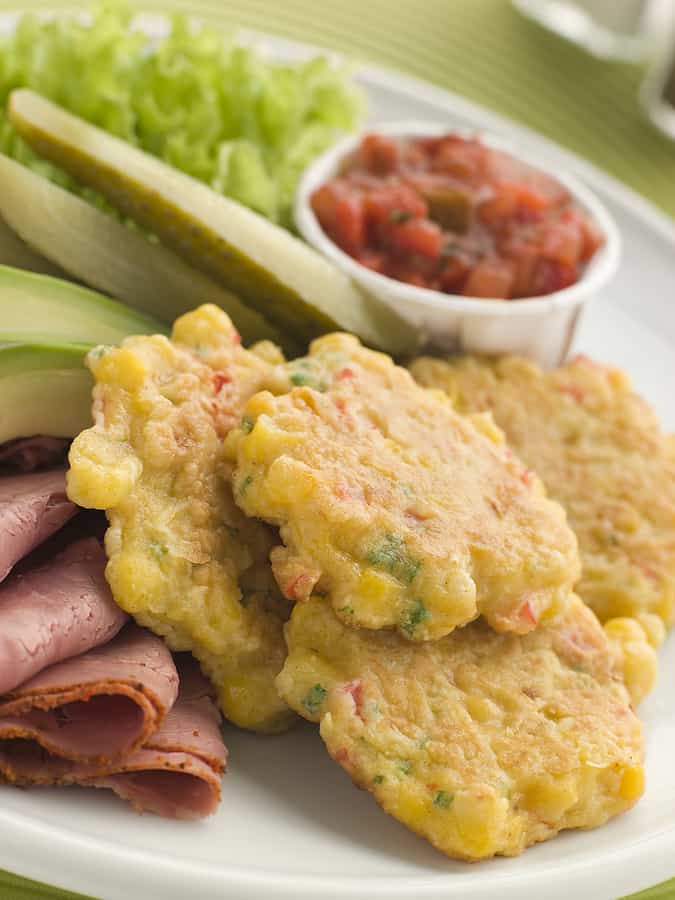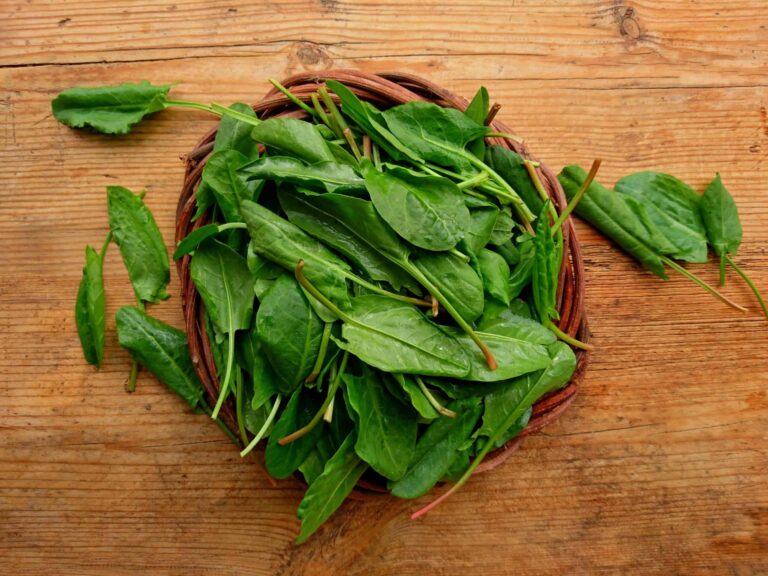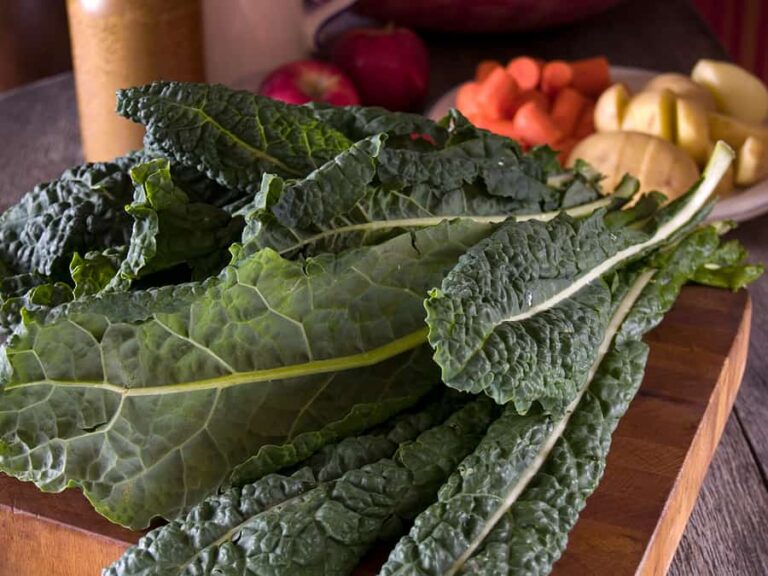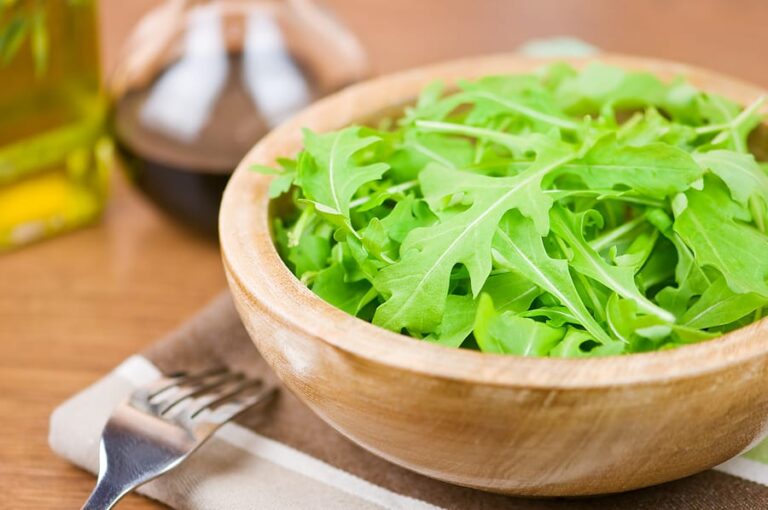Vegetable Fritters and Tempura
 Vegetables mixed with a batter and dropped into hot fat or vegetables dipped in batter and fried.
Vegetables mixed with a batter and dropped into hot fat or vegetables dipped in batter and fried.
Fritters or tempura?
Yes!
The term fritter is used for both of these preparations. And tempura is not far behind.
Here are quick directions for an almost vegetable fritter you can whip up using the leftover vegetables in your refrigerator right now:
The base for this vegetable fritter is mashed potatoes to which you add one beaten egg and pepper and minced garlic to taste. To the mashed potatoes, add your left over vegetables chopped up fine to medium. Add any of these: corn, Brussels sprouts, broccoli, carrots, bean sprouts, scallions, onions…whatever left over side vegetables are gaining ground in the refrigerator.
Mix and form the mashed potatoes and diced vegetables into small cakes, roll in fine bread crumbs, and fry in butter or olive oil or light sesame oil.
Serve these homemade almost fritters dipped in tomato sauce, salsa, or catsup.
Fritters—portions of fruit, vegetables, seafood–are coated in batter and deep fried. The name fritter comes from the Old French word friture, which came from the Latin frigere which means ‘fry’. Fritters were popularized in the fourteenth century when the Crusaders returned to Europe from the Middle East with this new cookery idea.
The fourteenth century cook book Diuersa seruicia has this recipe for apple fritters: “Take flour and eggs and grind pepper and saffron and make thereto a batter; and pare apples and cut them into broad pieces, and cast them therein, and fry them in a batter with fresh grease and serve them forth.”
Hey, I can do that!
Tempura—the popular Japanese preparation–consists of seafood, usually prawns, and sometimes vegetables, dipped in a light batter and quickly deep-fried. Sounds familiar.
Portuguese explorers brought the notion of deep-frying in batter to Japan in the sixteenth century. The Japanese term tempura is borrowed from the Portuguese word tempero which means ‘seasoning’.
And, yes, if you were wondering, the world is a very small place.







